-
Journal #2
Intro to Scientific Processes
Introduction
This mini-lesson teaches the differences between observations, inferences, measurements, classifications, and predictions. Students can understand and explain the differences between these concepts by defining the vocabulary and using the terms in various scenarios, demonstrations, and practice problems.We need to make careful observations because sometimes our senses can trick us!
1. How many black dots are in this image?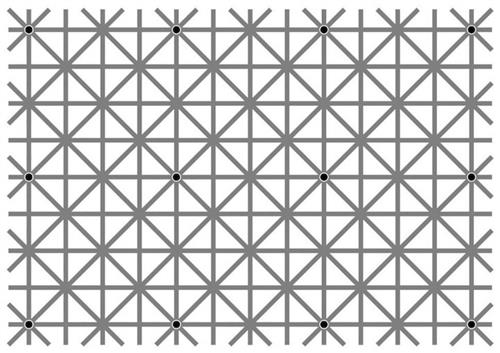
12 black dots!
How many black dots are in this image?
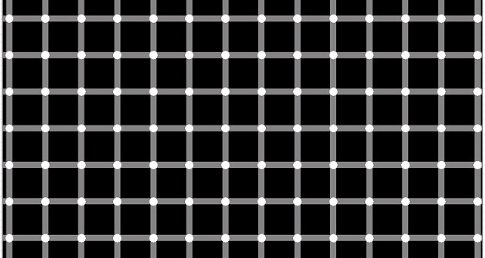
Zero black dots!
Our eyes certainly can play tricks!
2. How many observations did you find?
We need to make careful observations, or we end up making incorrect assumptions.
An Awareness Test!
3. How many passes does the team in white make?
Sometimes, we miss the obvious, mainly when concentrating the most!
Journal Notes
Questions
4. Make one observation and inference about our classroom and your teacher.
Observation: Mr. Robison is wearing glasses.
Inference: Mr. Robison has poor vision!5. What do scientists do to make sure they are making careful observations?
They make careful measurements!6. Write down the names of at least three different scientific instruments and state what they measure.
Example: meter stick measures length
Name as many scientific instruments as you can and describe what they measure.
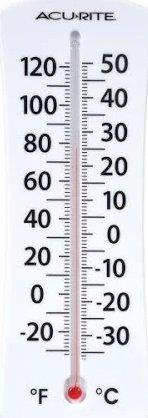
Thermometer: temperature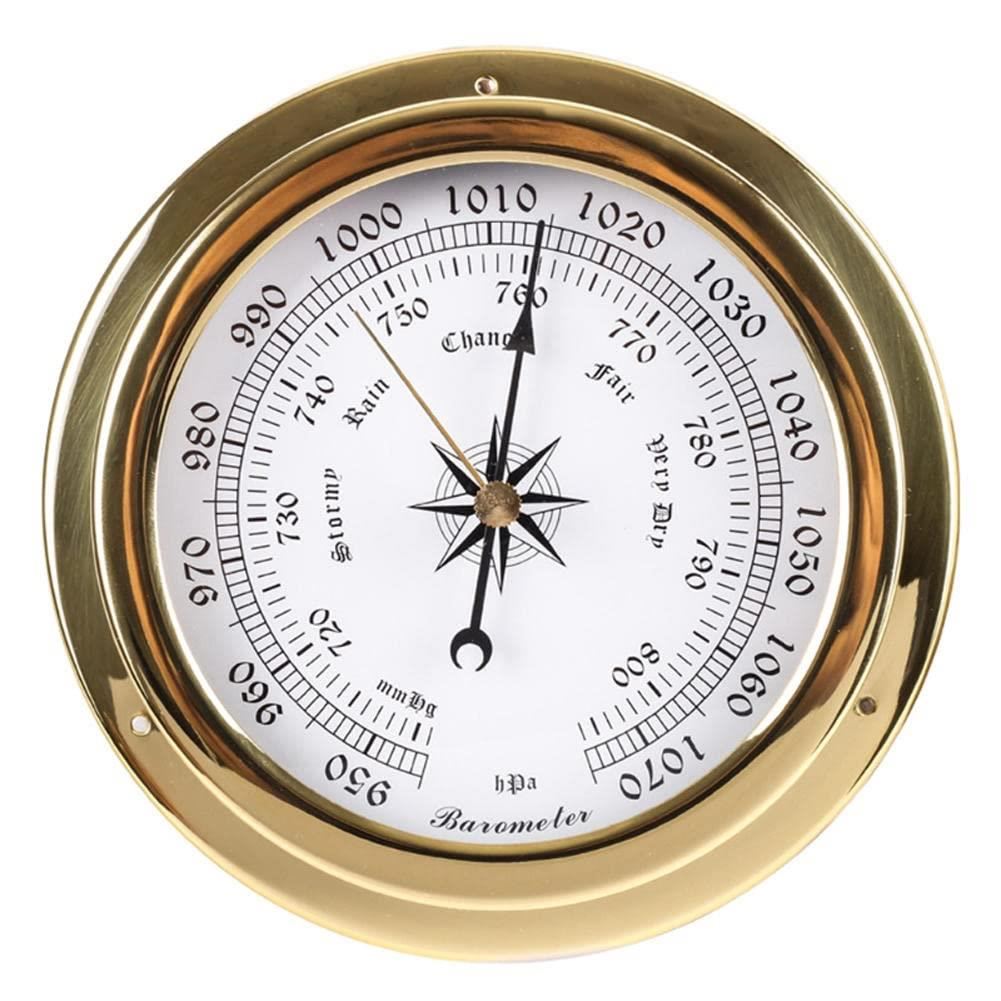
Barometer: air pressure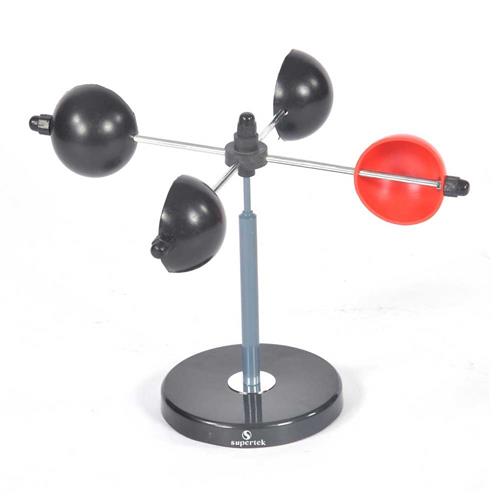
Anemometer: wind speed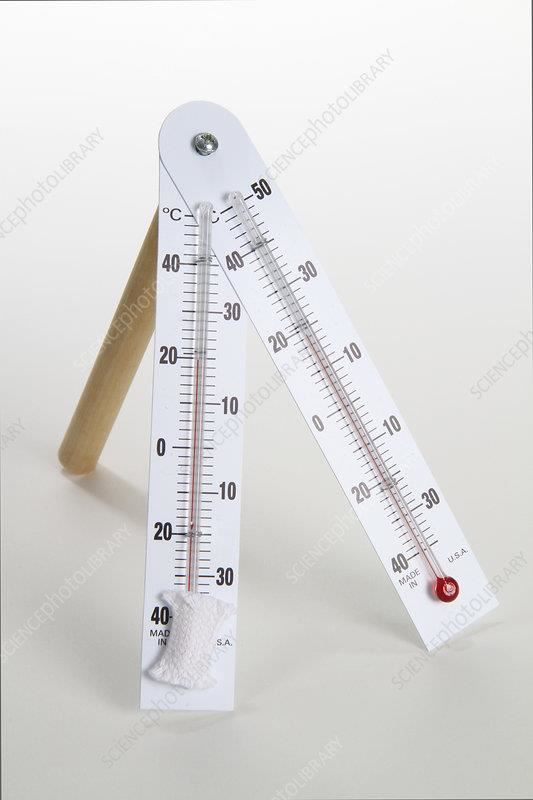
Psychrometer: dewpoint and relative humidity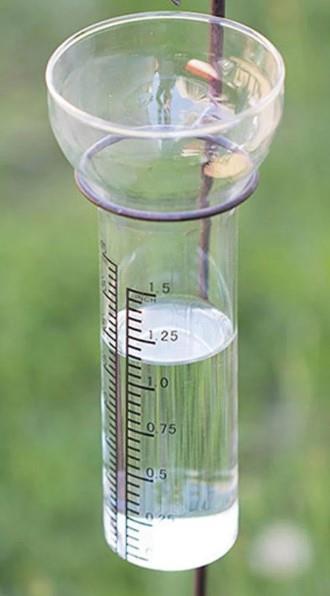
Rain Gauge: amount of precipitation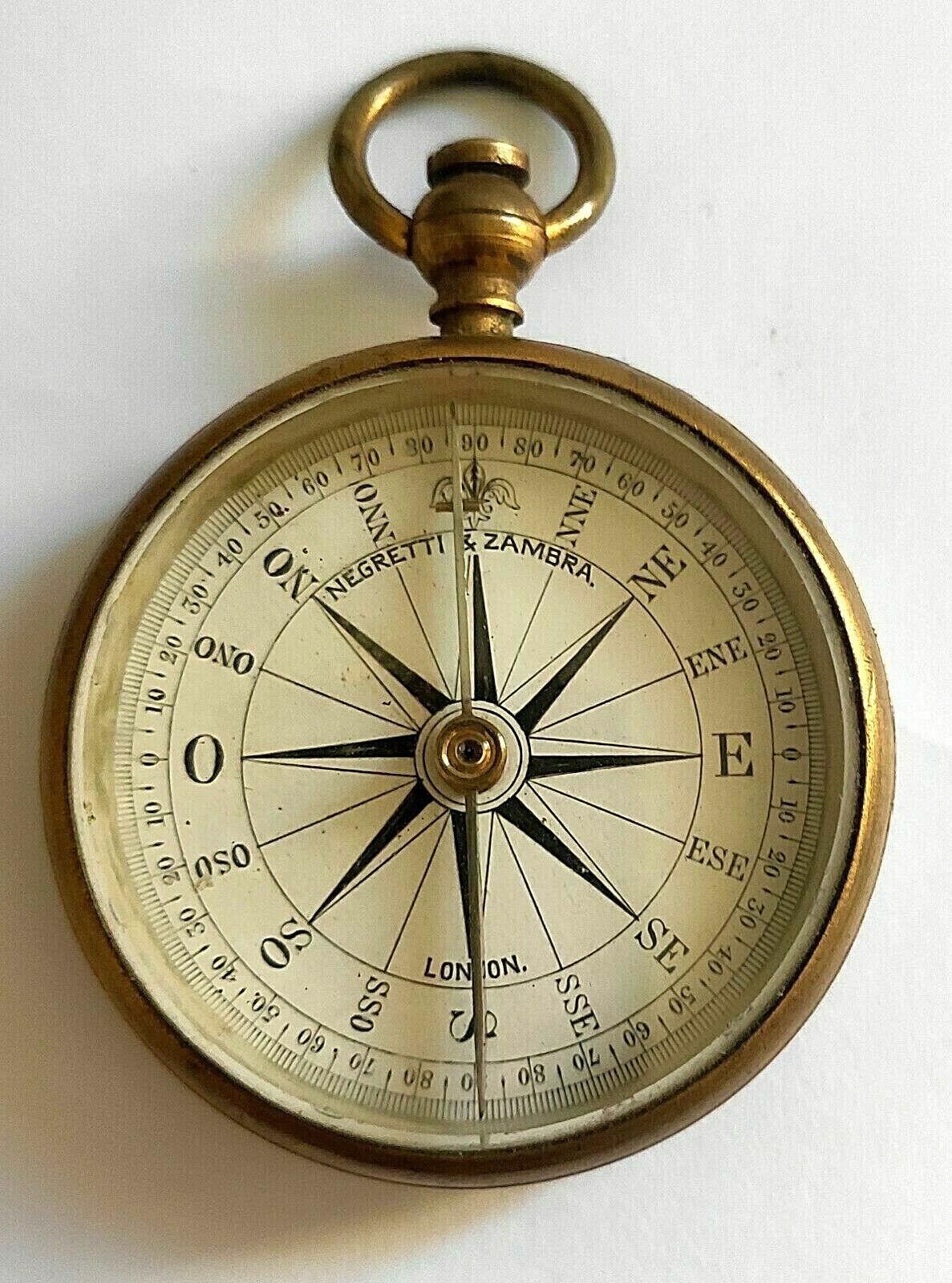
Compass: Earth's magnetic field direction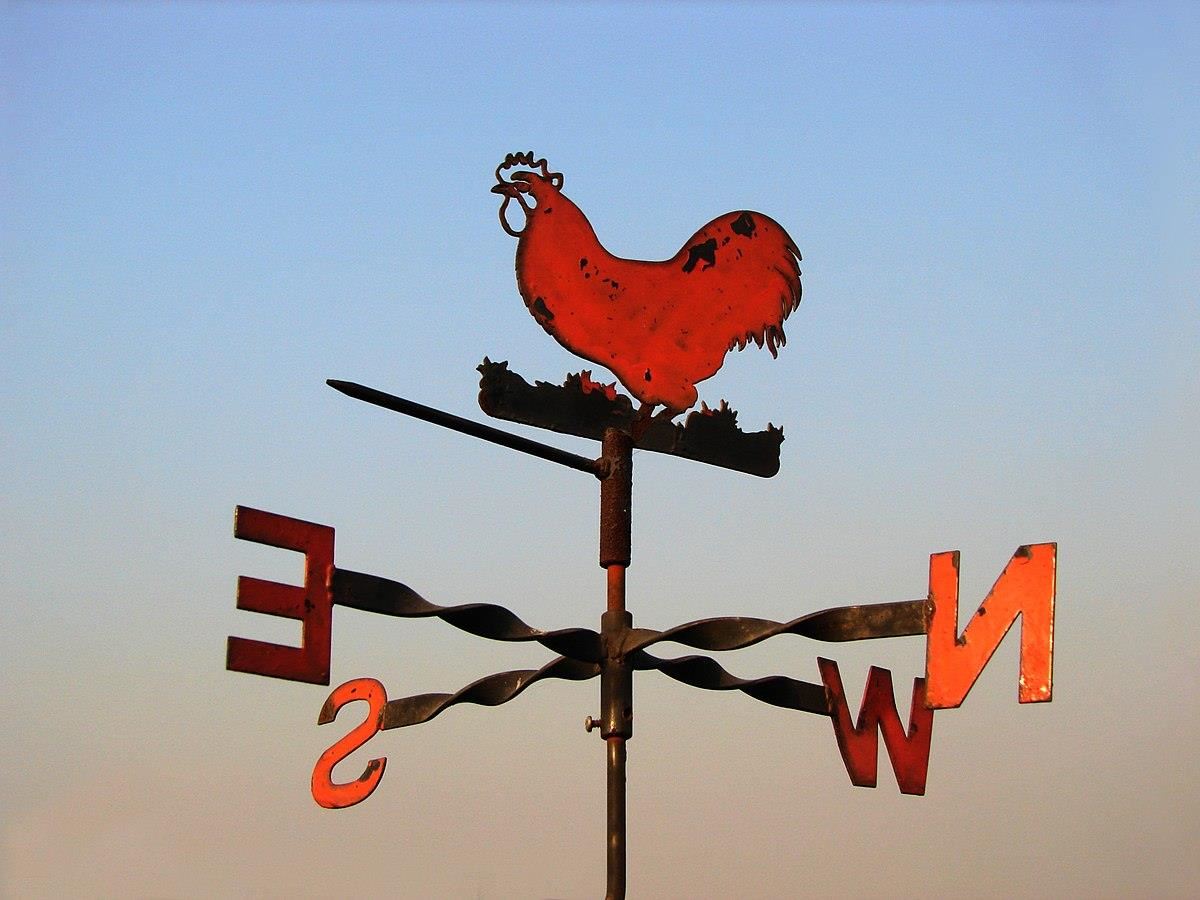
Wind Vane: Direction the Wind is coming from7. Which way is the wind blowing?
It is blowing from the East to the West!
The Rooster always faces the wind!
So his feathers do not get ruffled.
8. Are measurements observations or inferences?
Measurements are careful observations!
You must use your five senses to make measurements!
Deck of Cards Challenge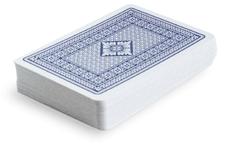
9. Prediction: What do you think will have more surface area: a single deck of cards or the sum of the surface area of all the 52 individual cards? Explain the reasons for your prediction.
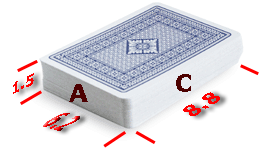
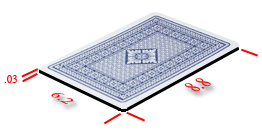
Dimensions for your cards
Length: 8.8 cm
Width: 6.2 cm
Height: 1.5 cm
Thickness for a single card: 0.03 cm
10. Find the total surface area for the un-separated deck of cards (show all the work).
Surface area for the Whole Deck (as if it were one solid block)
Area of Top: 6.2 cm x 8.8 cm = 54.6 cm²
Area of Bottom: 6.2 cm x 8.8 cm = 54.6 cm²
Area of Side A: 6.2 cm x 1.5 cm = 9.3 cm²
Area of Side B: 6.2 cm x 1.5 cm = 9.3 cm²
Area of Side C: 8.8 cm x 1.5 cm = 13.2 cm²
Area of Side D: 8.8 cm x 1.5 cm = 13.2 cm²Total Surface Area of Whole Deck = 154.2 cm²
11. Find the total surface area for the 52 separated cards (show all the work).
Surface Area of One Card
Area of Top: 6.2 cm x 8.8 cm = 54.6 cm2
Area of Bottom: 6.2 cm x 8.8 cm = 54.6 cm2
Area of Side A: 6.2 cm x 0.03 cm = 0.2 cm2
Area of Side B: 6.2 cm x 0.03 cm = 0.2 cm2
Area of Side C: 8.8 cm x 0.03 cm = 0.3 cm2
Area of Side D: 8.8 cm x 0.03 cm = 0.3 cm2Total Surface Area of one card = 110.2 cm2
Total Surface Area of all the 52 cards
110.2 cm2 x 52 cards = 5,730.4 cm2
12. Which has more surface area? Why?Total Surface Area of Whole Deck = 154.12 cm2Total Surface Area of all the cards = 5721.04 cm2
The combined surface area of all the cards is much greater because the inside of the whole deck is now sliced into 52 pieces, exposing much more surface.
13. Based upon your conclusion above, what will have more surface area, one big rock, or that same rock broken into little pieces?
Answer: The sum of the surface area of all the little pieces has A LOT more surface area!
Surface Area exposed: When a big rock is broken into smaller rocks there is more surface area and therefore more exposure for weathering. The more weathered (broken down) a rock is, the faster it weathers.
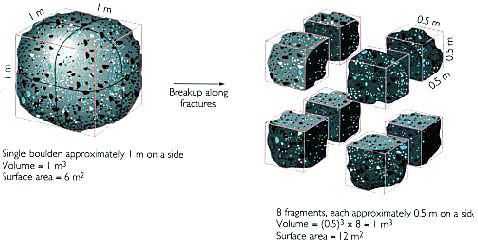
14. Does the whole deck of cards have a greater volume or greater surface area?
Hypothesis: The deck of cards has a greater _________________, because...
Let's see if you are correct.
15. Calculate the volume of our deck of cards.
Volume = Length x Width x HeightVolume = 8.8 cm x 6.2 cm x 1.5 cm = 81.84 cm3
16. Which is greater? Were you correct?
Surface Area of the Deck = 154.12 cm2
Volume of the Deck = 81.84 cm317. What is the difference between area and volume?
Surface Area is the total amount of the two-dimensional surface of an object.
Volume is the total amount of three-dimensional space an object occupies.
We can also measure volume using a Graduated Cylinder!
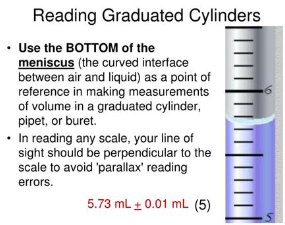
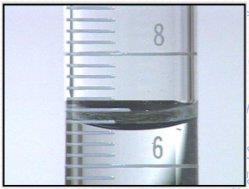
18. How many milliliters of liquid is in this graduated cylinder to the nearest tenth of a milliliter?Answer: 6.6 mL
There are a few graduated cylinders filled with liquid.
Estimate their volume of liquid to the nearest tenth of a milliliter.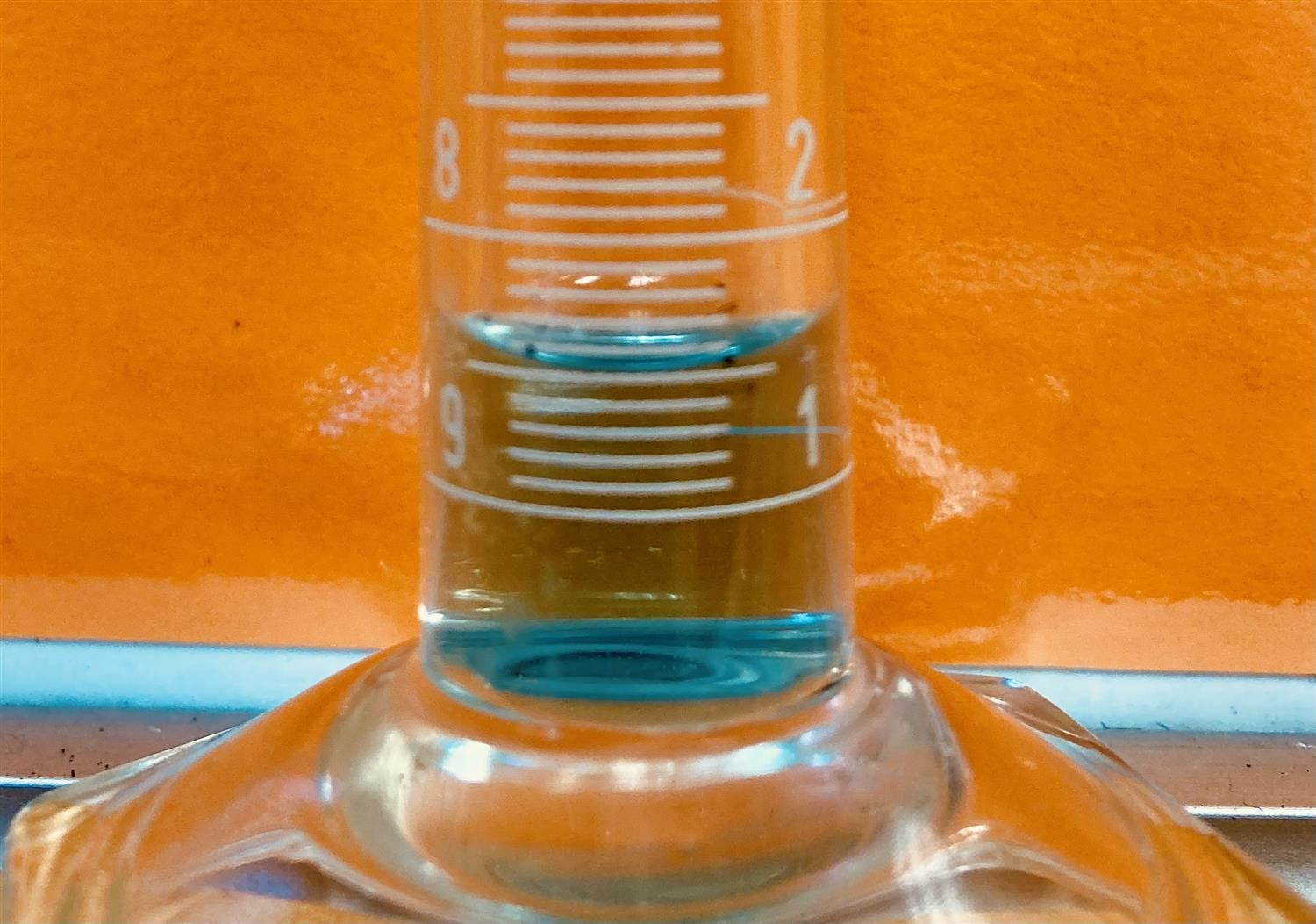
Cylinder #1 = 1.5 mL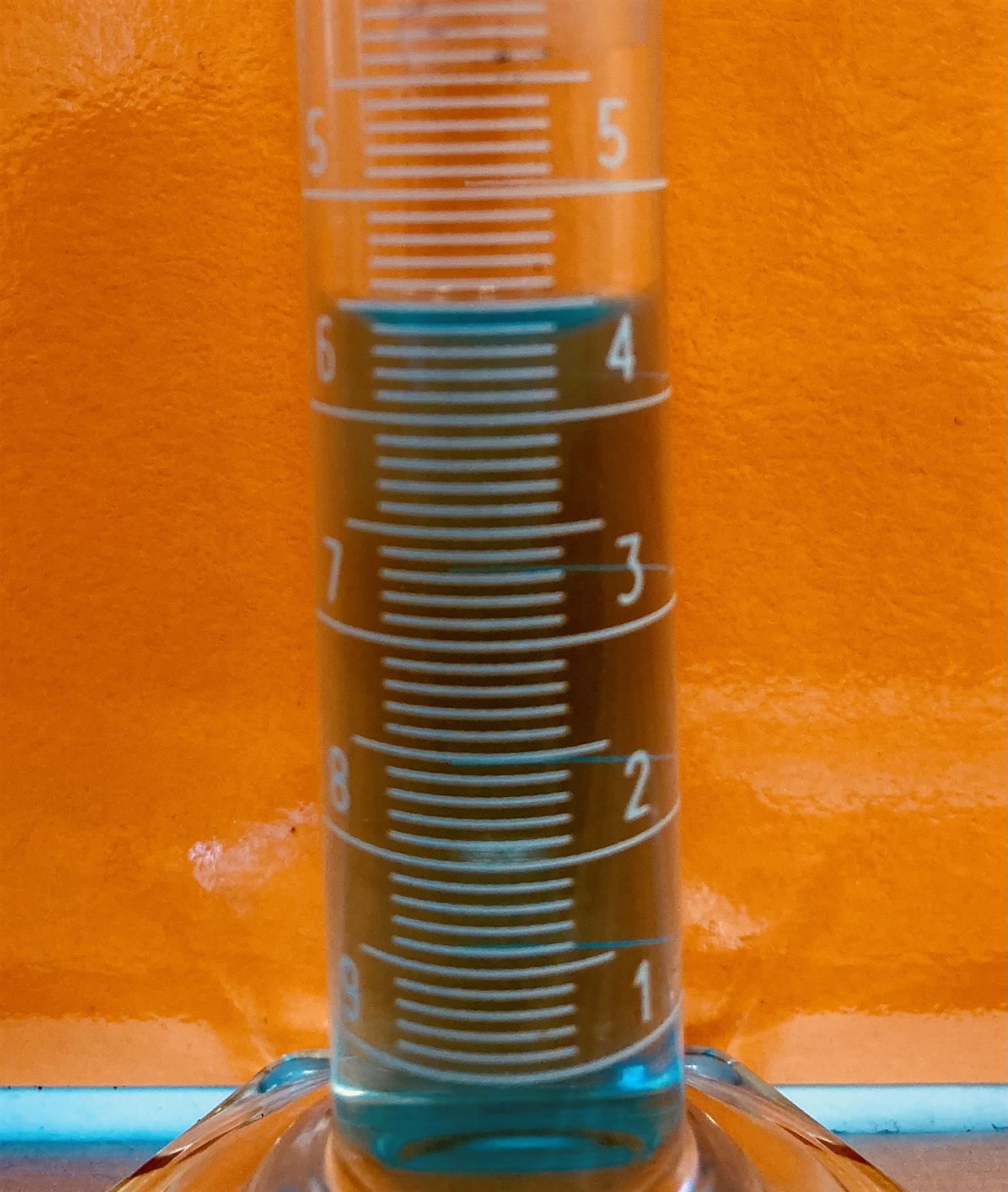
Cylinder #2 = 4.4 mL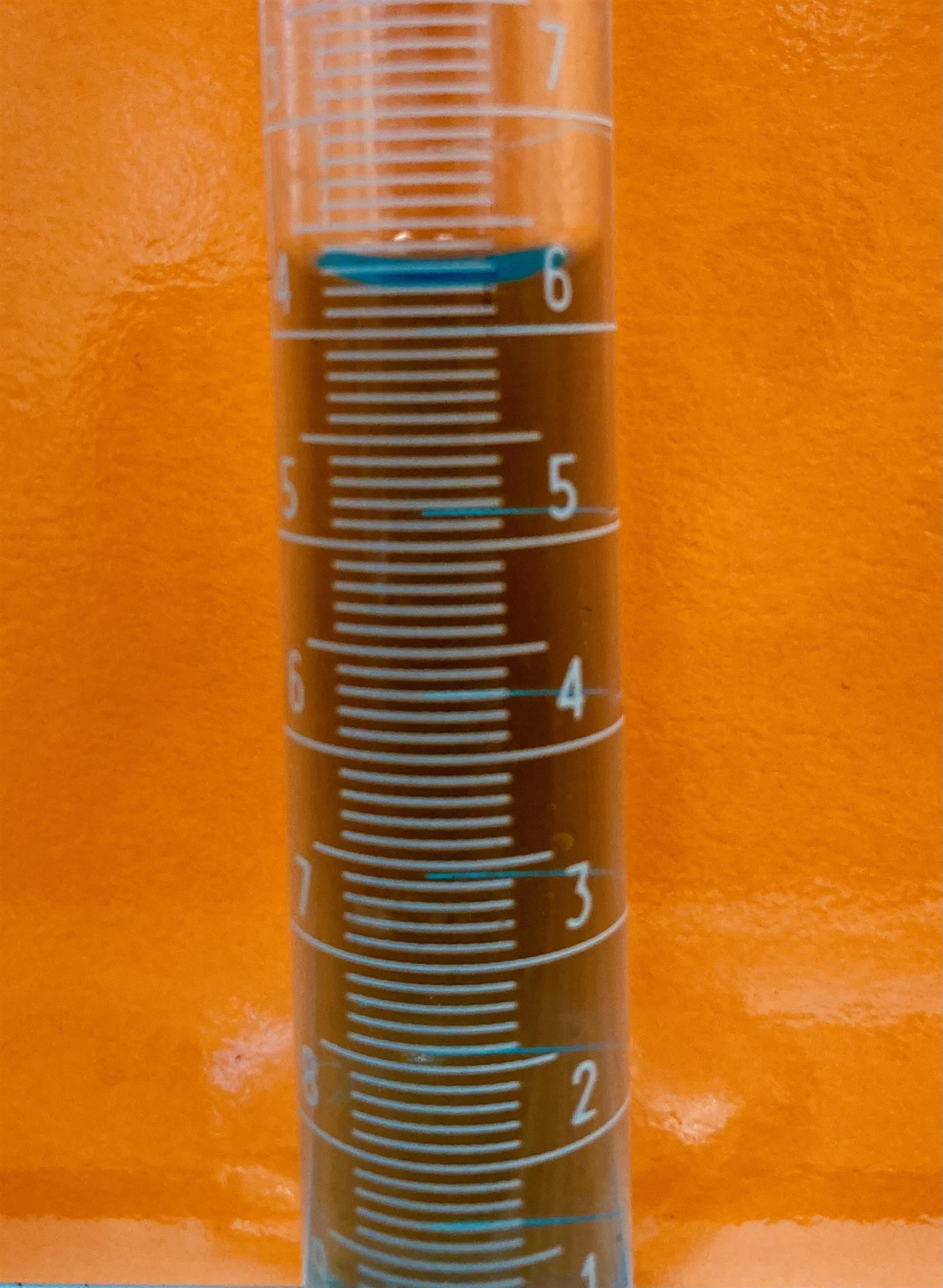
Cylinder #3 = 6.2 mL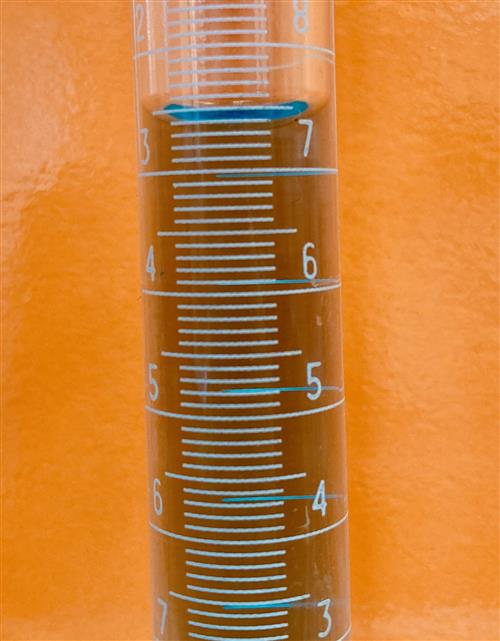
Cylinder #4 = 7.4 mL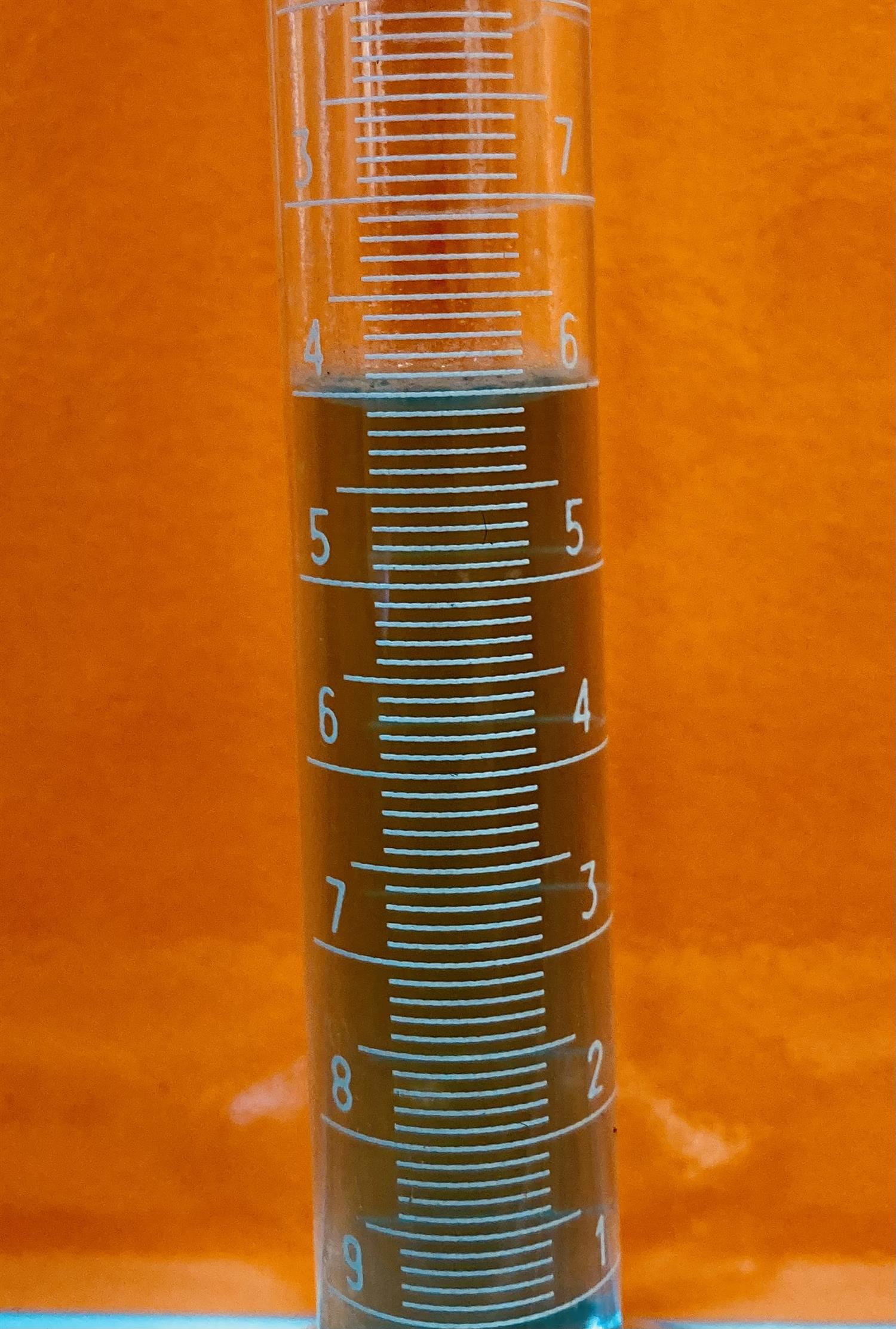
Cylinder #5 = 5.9 mL
Classification
Using observations and inferences to organize things into groups based on similarities and differences.
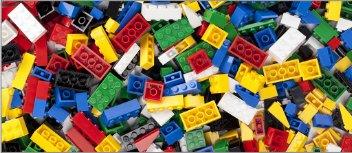
19. How could these Legos be classified?

The above Legos are classified by color.
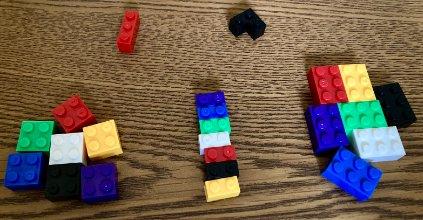
Legos could be classified by size, mass, or shape.
20. What should we take special care about when classifying? Why?
HUMANS!
21. According to science, how many races are there?
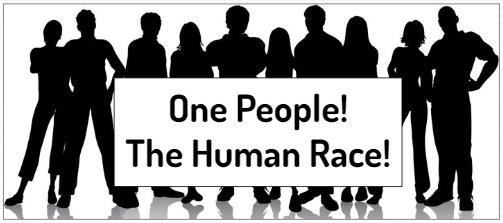
When we start to divide one another, it can sometimes lead to big problems.
Under the light of science, racism seems plainly stupid!
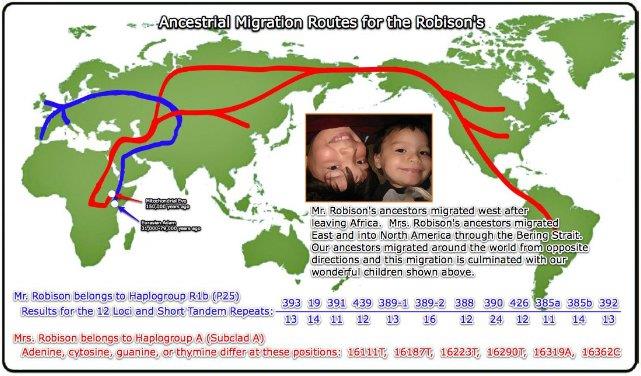
Regents Questions
1. Which statement about a cumulus cloud seen over Syracuse, N.Y., is an inference? Answer: b
- The cloud has an irregular shape
- The cloud formed over Lake Ontario
- The cloud appears white
- The base of the cloud is determined to be 2.6 km above the ground
2. Using a ruler to measure the length of a stick is an example of Answer: d
- Predicting the length of a stick by making an educated guess
- Measuring the rate of change of the stick by making inferences
- Calculating the percent of error by using a proportion
- Extending the sense of sight by using an instrument
3. During a visual inspection of a rock, a student recorded four statements about the rock in the classroom. Which statement about the rock is an observation? Answer: b (observations are simple descriptions)
- The rock cooled very rapidly
- The rock is black and shiny
- The rock formed deep in the Earth’s interior
- The rock dates from the Cambrian Period
4. Scientists often use classification systems in order to Answer: d
- Extend their powers of observation
- Make direct comparisons with standard units of measurement
- Make more accurate interpretations
- Organize their observations in a meaningful way
5. A measurement is best defined as Answer: a
- A direct comparison with a known standard
- An interpretation based on theory
- An inference made by using the human senses
- A group of inferred properties
6. A prediction of next winter’s weather is an example of Answer: b
- A measurement
- An inference
- A classification
- An observation
Summary
We use our senses to make observations. We use scientific instruments to extend our senses and make more careful observations. We often call observations facts (the book is red) if observations are easily agreed upon.
We can classify things by organizing them using similar observations. Classification systems help us to understand this vast amount of information more easily and in a more meaningful way.
We make inferences when we draw conclusions, make educated guesses, or make predictions. Inferences are our best guesses about things that we did not directly observe. Scientists want to make careful observations so they can make correct inferences.
Reflection: What did you learn with this journal entry?
Bonus
Baloney Detection Kit! With a sea of information coming at us from all directions, how do we sift out the misinformation and bogus claims and get to the truth? Michael Shermer of Skeptic Magazine lays out a "Baloney Detection Kit," ten questions we should ask when encountering a claim. Watch the video below and explain those important questions.
Explain the 10 Questions below.
1. How reliable is the source of the claim?
2. Does the source make similar claims?
3. Have the claims been verified by somebody else?
4. Does this fit with the way the world works?
5. Has anyone tried to disprove the claim?
6. Where does the preponderance of evidence point?
7. Is the claimant playing by the rules of science?
8. Is the claimant providing positive evidence?
9. Does the new theory account for as many phenomena as the old theory?
10. Are personal beliefs driving the claim?

